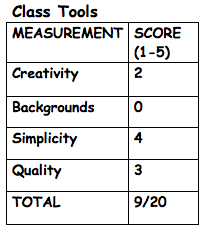INVESTIGATE: (Write in complete sentences) Identify the Problem
1. What is the problem you need to solve?
Explain to a 6th grader what the design cycle is in a presentation.
2. How does the Design Cycle apply to the real world?
Before you complete any product, you have to go through a process. That process is the Design Cycle.
3. How will this project serve my community?
This project will allow us to teach other people our knowledge about the design cycle.
4. How can my learning help my community?
My learning can help by sharing it with other people.
5. How do we live in relation to each other?
We all know different things so we need to share what we know.
6. How does this help others?
It helps because that way sixth graders will also know what the design cycle is, and they won’t have problems going over it when they get older.
7. What are the requirements for this assignment?
You will read your section of the design project. Then we will make a 2-minute presentation about whatever we got.
8. What is the Design Cycle?
The design cycle is a process in which a product is created. Includes investigation, design, plan, create, and evaluate.
REFLECT on your learning.
I understand that we have to do a project that explains the stages of the design cycle that is easy to understand. Day 2
9. Spend one day experimenting with DESIGN CYCLE your presentation. List five things your learned about the Design Cycle:
There are many steps to the design cycle. You have to experiment with the different choices for your project. You have to analyze each one carefully and decide why it would be a good idea or why it wouldn’t be a good idea. You have to have reasons of why you think this way. This helps you be organized and be sure that you’ve made the right decision.




